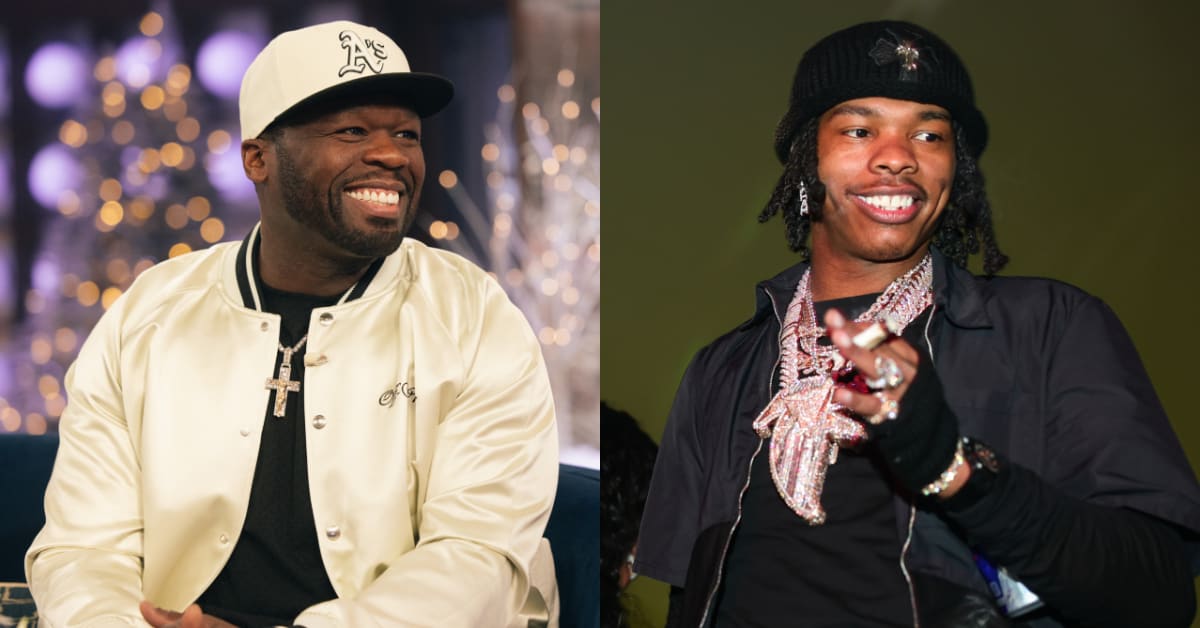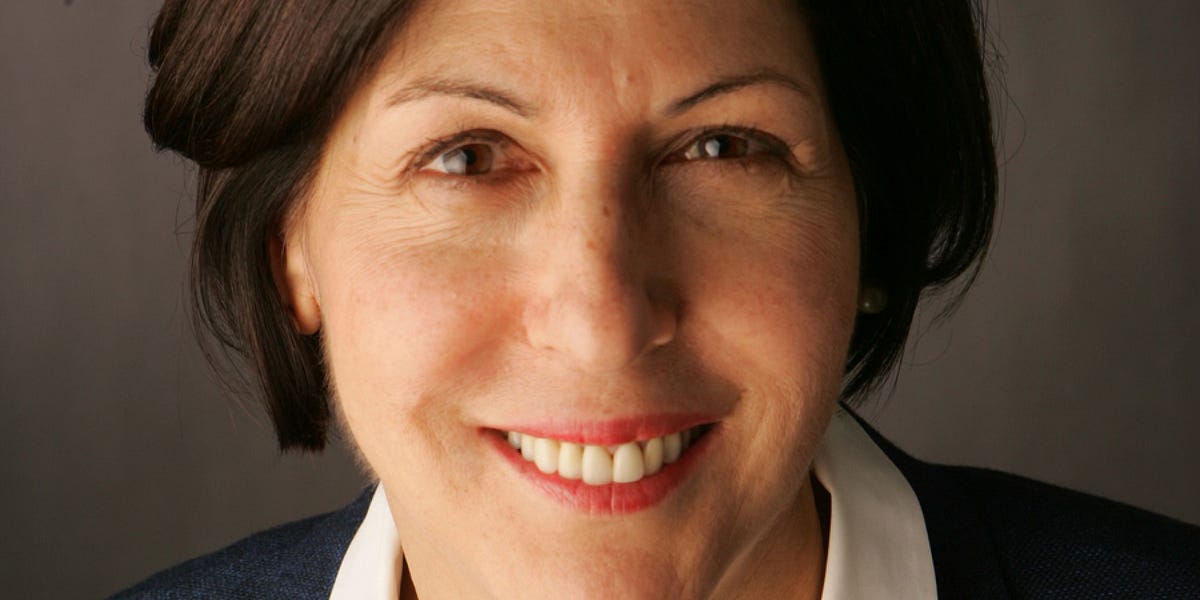Fashion
American Fashion Soldiers Through a Volatile Market — For Now

This week, global stock markets reeled following news of a slowdown in the US job market in July.
On Monday, the Dow Jones Industrial Index as well as the S&P 500, two blue-chip indices, posted their worst daily loss in nearly two years; Japan’s Nikkei 225 tumbled 12 percent — its largest drop since the 1987 Black Monday crash.
By Friday, the fear had more or less subsided and the equity losses had largely recovered, but that didn’t stop economists from once again contemplating the likelihood of a recession this year. On Thursday, J.P.Morgan put the probability of a recession at 35 percent, up from a previous assessment of 25 percent, citing the slowdown in American job growth and the global stock sell-off.
The move followed a cue from Goldman Sachs, which on Sunday also raised its probability of a recession by 10 percentage points.
Indeed, there are some concerning signs for the economy, beyond the rising unemployment rate. More American shoppers have fallen behind on their credit card payments, resulting in a record high in collective debt: $1.14 trillion, according to a Tuesday report from the Federal Reserve Bank of New York.
The one bright spot, however, has been resilient consumer spending. US retail sales remained stable from May to June, Census data showed last month, and reflected a 2 percent increase from June 2023. A number of fashion companies, in fact, are holding strong or even posting growth in the face of external volatility.
Ralph Lauren, Revolve Group and VF Corp. all beat Wall Street estimates in their latest earnings results this week, though the latter saw sales drop by 8.6 percent as it continues to struggle with one of its key brands, Vans. Michael Kors-owner Capri Holdings posted less rosy results, missing on analyst projections with a 12 percent drop in revenue.
The uneven performance shows that while consumers are still buying fashion, they are judicious in how they are parting ways with their money. “The consumer has accrued debt, so we’re on shaky ground when it comes to consumer spending,” said Jessica Ramirez, retail analyst at Hali & Associates.
Right now, shoppers are vulnerable to the wider economic conditions. Inflation has tempered since hitting a peak in 2022, but in recent months, prices have levelled. Even so, analysts are counting on the Federal Reserve to cut interest rates in September — by either a quarter percentage point or half — which will alleviate pressure on the consumer economy.
“The US economy is in an indecisive mood. Some indicators are pointing negative, but others remain robust,” Neil Saunders, managing director at GlobalData, told BoF in an email statement. “Consumers see this too, which is why sentiment has been very changeable.”
Recession or not, the strongest retailers in any challenged environment are able to convey a sense of value to shoppers — and that doesn’t just mean an off-price positioning.
“Some retailers, like Abercrombie & Fitch, are powering through all the economic noise because they have very good products that consumers want,” Saunders added. “Others, like Under Armour, are struggling because they have brand issues and consumers are happy to cut back. What is certain is that a more constrained economy will sharpen the contrast between the winners and losers.”
THE NEWS IN BRIEF
FASHION, BUSINESS AND THE ECONOMY
Bangladesh garment factories reopen. Textile factories that supply retailers including H&M and Zara resumed full operations after violent protests that resulted in the ousting of Prime Minister Sheikh Hasina this week.
Ralph Lauren beats estimates driven by stable demand in Europe and China. Its net revenue rose 1 percent to $1.51 billion in the first quarter, above Wall Street projections of a slight decline. North America sales fell by 4 percent. For the current quarter, the retailer expects revenues to grow in the range of 3 percent to 4 percent.
VF Corp posts 8.6 percent drop in sales. Its first-quarter results were better than analyst estimates, in part driven by promising demand in China. VF’s marquee Vans brand continues to struggle; sales fell 21 percent in the same period.
Under Armour’s raises guidance as restructuring shows progress. The company raised its annual forecast for earnings per share to as much as 22 cents. Analysts expected 20 cents. Under Armour’s shares rose 15 percent after trading began Thursday. The stock had been down 26 percent this year through Wednesday’s close.
Allbirds meets revenue expectations and narrows losses. Allbirds’ sales fell 27 percent year over year to $52 million in the second quarter. The company narrowed its net losses to $19 million, down from $29 million in the same period last year, in part by lowering operating costs and reducing digital advertising spend.
Warby Parker’s online business returned to growth in the second quarter. Overall revenue grew 13 percent year over year to $188 million in the second quarter of 2024. The eyewear maker grew its bottom line and improved two of its weaker spots: e-commerce sales and active customers.
Coupang posts first loss since 2022 as Farfetch deal saps profit. South Korea’s largest online retailer posted a net loss of $77 million in its latest earnings report, its first loss in two years after the acquisition of unprofitable Farfetch Holdings Plc and a government regulatory fine offset strong growth in its core e-commerce business.
Hugo Boss sells Russian business to wholesale partner Stockmann. The German fashion company suspended its retail business in Russia after Moscow invaded Ukraine in 2022.
Bloomingdale’s taps Rebag as its new resale partner. The Macy’s-owned department store will offer pre-owned luxury handbags online and in select stores via New York-based resale platform Rebag. Shoppers will also be able to sell their own pre-loved pieces.
The World’s fastest man wants his own signature Adidas shoe. After winning gold in the 100-metre sprint at the Paris 2024 Olympics, Noah Lyles called for his own signature sneaker with Adidas, highlighting the untapped market for sprinter-branded footwear.
THE BUSINESS OF BEAUTY

L’Oréal to acquire 10 percent stake in Cetaphil-owner Galderma. The deal will help L’Oréal with product development, analysts said. Galderma was originally set up as a joint venture between Nestle and L’Oreal before the latter sold its 50 percent stake in 2014.
Olaplex sales fall but company said recovery is on track. Sales dropped 4.8 percent to $103.9 million, the sixth consecutive quarter of declines. Specialty retail sales jumped 22.4 percent in the quarter, the company said Tuesday, but it was not enough to offself the DTC decline of 18.4 percent.
Nivea maker Beiersdorf’s sales grow despite China’s luxury slowdown. Group sales rose to €5.2 billion ($5.7 billion) in the first six months of 2024, from 4.9 billion in the same period last year. Sales at key businesses Nivea and Derma grew by 11.1 percent and 8.3 percent respectively, while luxury brand La Prairie saw its sales drop 7 percent.
Shiseido sales drop 4 percent as US business slumps. The company’s net sales decreased 4 percent to $1.7 billion in the second quarter. Operating profit for the first half declined 31 percent year-over-year. Bright spots in the first half included skincare line Drunk Elephant, whose sales grew 11 percent.
Dolce & Gabbana launches €99 perfume for dogs. The Italian house debuted this week Fefé, a luxury alcohol-free dog perfume with notes of ylang-ylang and musk, tapping into the booming pet luxury market. Animal advocates warned the strong smell could come across as unpleasant for dogs.
MEDIA AND TECHNOLOGY

CFDA and Vogue partner on a campaign to encourage voting. The Fashion For Our Future march will bring together more than 1,000 participants from across the fashion industry on Sept. 6, the first day of New York Fashion Week.
Compiled by Yola Mzizi.










